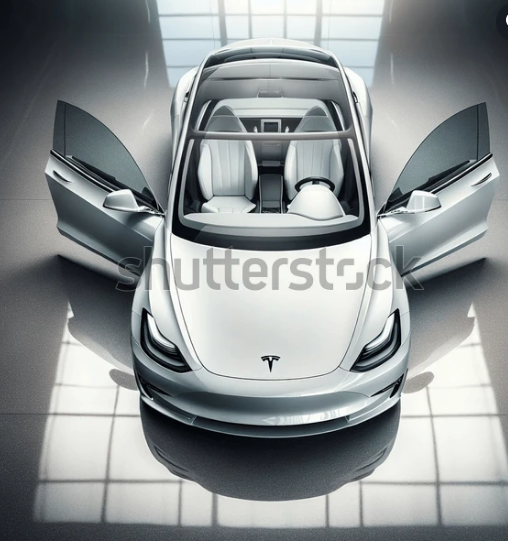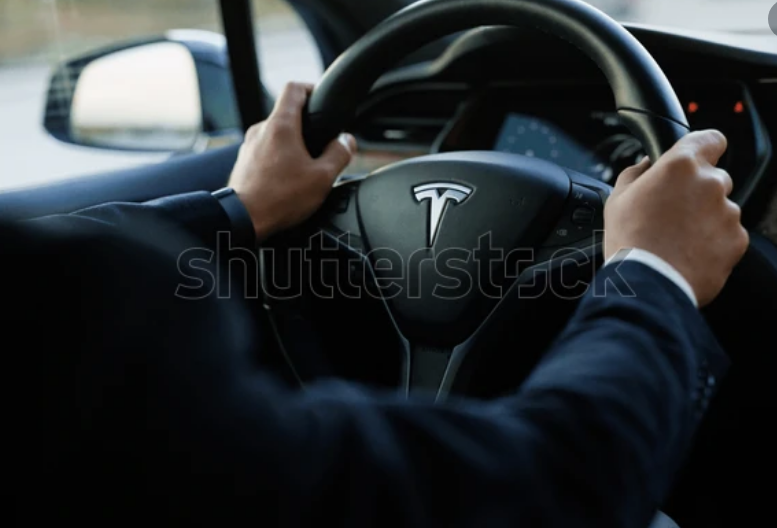Introduction
The automotive industry has undergone a seismic shift over the past decade, largely driven by the innovative prowess of Tesla. Founded in 2003, Tesla has not only challenged traditional automakers but has also redefined what it means to be a car company. By blending cutting-edge technology with sustainable energy solutions, Tesla has transformed the automobile from a mere mode of transportation into a software-driven, connected device that improves over time. This blog explores how Tesla has revolutionized the industry, detailing its unique features, pricing, and the philosophical shifts it has inspired.
The Tesla Difference: More Than Just a Car
Traditional automakers have long focused on hardware, outsourcing software and other critical components. This approach often results in vehicles that begin to deteriorate from the moment they leave the showroom. In contrast, Tesla designs its vehicles as integrated systems where software plays a central role. This allows for continuous updates and improvements, much like a smartphone or computer3.
Key Innovations:
- Over-the-Air (OTA) Updates: Tesla vehicles receive regular software updates that add new features, enhance performance, and improve safety. Since 2017, Tesla has released over 120 OTA updates—approximately one every 16 days. These updates have introduced functionalities such as Smart Summon, increased horsepower, and even entertainment options like Netflix3.
- Data-Driven Development: Tesla’s global fleet collects vast amounts of data, which is used to refine algorithms, particularly for autonomous driving. The company has gathered data from over 3 billion miles, enabling it to identify edge cases and improve system reliability3.
- Vertical Integration: Unlike traditional OEMs that outsource up to 90% of their software, Tesla develops most of its technology in-house. This control accelerates innovation and ensures a seamless user experience3.
Autonomous Driving: The Future is Here
One of Tesla’s most groundbreaking advancements is its Autopilot system. This suite of features represents a significant step toward fully autonomous driving. Using a combination of cameras, sensors, and artificial intelligence, Autopilot can handle steering, acceleration, and braking within its lane. The more advanced Full Self-Driving (FSD) option, currently in beta, promises even greater capabilities, such as navigating city streets and recognizing traffic signals4.
How It Works:
- Hardware: All new Tesla models come equipped with eight cameras, 12 ultrasonic sensors, and a powerful onboard computer. This hardware provides a 360-degree view of the vehicle’s surroundings, enabling real-time decision-making4.
- Software: AI algorithms process the data from these sensors to navigate roads, avoid obstacles, and predict the behavior of other drivers. The system improves over time through machine learning and continuous data collection1.
- Proof of Concept: Tesla’s iterative approach to development involved rigorous testing and validation through proof of concept (PoC) models. This reduced risks and ensured that only viable technologies were scaled up1.Tesla Price in Pakistan 2025
1.Unique Features That Set Tesla Apart
Tesla vehicles are packed with innovative features that enhance convenience, safety, and entertainment. Below is a detailed table summarizing some of the most notable features and their descriptions:
| Feature | Description | Availability |
|---|---|---|
| Autopilot | Advanced driver-assistance system enabling automatic steering, acceleration, and braking within a lane. | Standard on all models |
| Full Self-Driving (FSD) | Adds capabilities like automatic lane changes, traffic light recognition, and navigation on city streets. | $8,000 one-time or $99/month subscription |
| Caraoke | In-car karaoke system with a vast library of songs and lyrics. | All models (requires parking) |
| Bioweapon Defense Mode | HEPA filtration system that removes 99.97% of pollutants, including bacteria and viruses. | Model X, Y, and newer S/3 |
| Sentry Mode | Uses external cameras to monitor the vehicle’s surroundings when parked and alerts owners of suspicious activity. | All models |
| Dog Mode | Maintains a comfortable cabin temperature for pets left in the car, with a display to inform passersby. | All models |
| Ludicrous/Plaid Mode | Enhances acceleration for extreme performance (0-60 mph in as little as 2 seconds). | Model S Plaid and Performance models |
| Over-the-Air Updates | Regular software updates that add new features, improve performance, and enhance safety. | All models |
| Frunk | Front trunk providing additional storage space, a feature now copied by competitors. | All models |
| Tesla Mobile App | Allows remote control of climate, charging, locking, and access to real-time vehicle data. | All models |
Highlights:
- Entertainment and Connectivity: Tesla’s touchscreen interface offers streaming services (Netflix, Hulu), video games, and a web browser. These features are primarily available when the vehicle is parked, making charging stops more enjoyable4.
- Safety and Convenience: Features like Sentry Mode and Dog Mode provide peace of mind, while the HEPA filtration system ensures air quality inside the cabin4.
- Performance: With modes like Ludicrous and Plaid, Tesla vehicles can rival supercars in acceleration and top speed4.

2.Pricing and Models
Tesla offers a range of models to suit different needs and budgets. Below is a table outlining the current lineup and their starting prices (as of 2025):
| Model | Starting Price | Key Features |
|---|---|---|
| Model 3 | $40,000 | Compact sedan with standard Autopilot, OTA updates, and a minimalist interior. |
| Model Y | $45,000 | Compact SUV with optional third row, Bioweapon Defense Mode, and towing capacity. |
| Model S | $80,000 | Luxury sedan with Plaid mode, up to 1,020 hp, and advanced entertainment options. |
| Model X | $85,000 | SUV with falcon-wing doors, ample storage, and superior off-road capability. |
| Cybertruck | $50,000 | Electric pickup with durable exoskeleton, adaptive air suspension, and high towing capacity |

The Cultural Impact: Beyond Technology
Tesla’s influence extends beyond technology; it has cultivated a devoted community and a distinct brand culture. CEO Elon Musk’s vision and willingness to take risks have fostered a culture of innovation within the company1. Features like Easter eggs (hidden fun features) and fart mode reflect Musk’s quirky humor and make the driving experience uniquely entertaining4.
Moreover, Tesla’s emphasis on sustainability has resonated with environmentally conscious consumers. The company’s mission to accelerate the world’s transition to sustainable energy is evident in its electric vehicles and energy products like the Powerwall and solar panels1.
Challenges and the Road Ahead
Despite its success, Tesla faces challenges. Regulatory scrutiny over autonomous driving features, competition from traditional automakers, and scaling production to meet global demand are ongoing concerns2. However, Tesla’s commitment to innovation positions it well for the future. The company is already exploring robotics (like the Optimus robot) and advanced AI, which could further redefine its role in the tech and automotive landscapes2.
Conclusion
Tesla has fundamentally redefined the automotive industry by treating cars as software platforms rather than static hardware. Its continuous innovation, unique features, and commitment to sustainability have set new standards for what vehicles can be. As Tesla continues to push boundaries with autonomous driving, energy solutions, and even robotics, its impact will likely extend far beyond the roads. For consumers, this means owning a vehicle that not only transports them but also evolves with them, offering new possibilities and experiences long after the initial purchase.
https://postnest.cloud/wp-admin/post.php?post=330&action=edit



